Tips On Flying With Your Pet
Happy Monday everyone! Today on the blog we talk about Tips On Flying With Your Pet. Mr. TAL and I cancelled our trip to Asheville and had a staycation instead but are keeping our trip to Tennessee in September. We’ve talked about taking other trips which got me thinking about how I would never put Jake And Maggie on a plane. If we can’t drive with them, we don’t go but there are many people who do fly with their pets.
When I was working my very first job at a consulting firm, I made travel arrangements for one of our consultants and each week, he would request that we also fly his German shepherd with him. It bothered me so much because I knew the conditions for that dog were incredibly bad. Can you imagine how the experience must impact an innocent, unknowing dog or cat when packed away in the cargo hold of a commercial jet?
Conditions in the cargo hold of commercial jets are not always friendly; temperatures can fluctuate wildly, noise can be tremendous and air pressure can drop significantly, and pets that are checked into this dark space beneath the passenger cabin sometimes die. In 2011, thirty-five pets died while (or shortly before or after) traveling on commercial flights with U.S. airline companies. Nine animals were injured and two lost entirely. And in 2012, 29 pets died, 26 were injured and one was lost. The last time I flew, I stood behind a woman who was having problems getting on her flight for some reason and I heard her say “but my dog is on that flight and I won’t be there”. This has been forever ago and it still bothers me!
These two were not being serious about their photo shoot 🙂
Probably because I was laughing at them :-). So cute, huh?

But, people love to fly and they love having their pets with them so I wanted to put some travel with your pet tips together! If you have ever flown with your pet, I would love to hear all about your experience! Please comment below and let me know. If you can provide any tips not stated here, I would love to hear them.
1. Talk to Your Vet
The first step when flying with a pet is to schedule an appointment with your veterinarian. You want to ensure that your pet is in good health to fly. If you get the go-ahead from your vet to travel, make a second appointment close to your date of departure. Then check with the airline and state veterinarian at your destination to determine what documentation you’ll need. It’s not unusual for airlines to require a health certificate issued within 10 days of your flight.
2. Make Sure Your Pet’s Breed Isn’t Restricted
More than ever, airlines are putting restrictions on dog and cat breeds, namely Brachycephalic or “short-nosed” breed like Boston terriers, boxers, and bull dogs, among several others. Some airlines will allow you to fly with your short-nosed pet in cabin, provided they fit within the size and weight guidelines, but always check with your airline before hand.
3. Book in Advance
Airlines allow a limited number of pets per flight, so book early to ensure you get your desired flight. Especially when you fly with your pet in cargo or internationally, be sure to make your reservations well in advance because the requirements can take months to prepare.
4. Acclimate Your Pet to the Kennel
Purchase your kennel well in advance and start getting your pet used to being in the space. Similar to crate training, your goal is for your pet to think of the kennel as a den – a safe, comfortable place they like hanging out.
To help your pet develop a positive association with the kennel, feed her in it for several weeks leading up to your flight. Put her bed and a few favorite toys inside to show her that it is her space to play, sleep, and retreat.
For the flight, line the kennel with a dog travel bed and top it with with puppy pads, just in case of an accident during the flight.
5. Don’t Give Your Pet a Sedative
Tranquilizers are not recommended for pets during flight as they can interfere with a dog’s ability to control body heat at high altitude. If you’re concerned your pet may be anxious, consider CBD oil or treats (be sure to check regulations about flying with CBD oil), calming drops, or a vest designed to calm you pet.
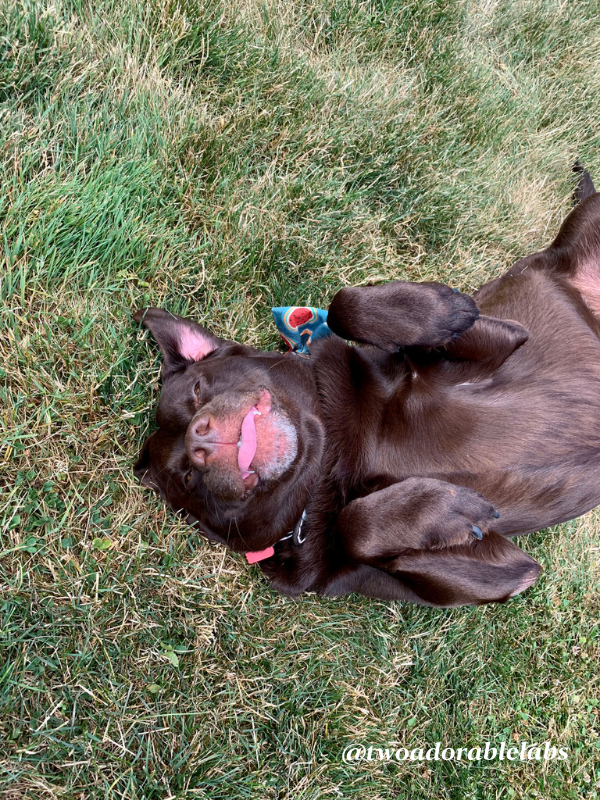
6. Ask to Board Early
Flying with a pet may make you eligible for early boarding – just ask. Getting yourself and your pet situated before your flight can take some time, and having a few extra minutes can help you both remain calm.
7. Keep Your Pet’s Health Documents Handy
Each airline sets their own requirements for pets flying in the cabin and in cargo. Determine which documents your airline requires and keep them handy, so when you’re asked by various staff members, you can easily provide them.
8. Seek out the Pet Relief Areas Before You Fly
Most airports are now required to offer pet relief areas. Before your flight, map out the closest one to your terminal for efficient pet potty breaks during layovers.
Keep in mind that your pet may not want to go, since the locations are often indoors and on astroturf. Have a puppy pad handy in case your pet decides to eliminate somewhere outside of the pet relief area. Be sure to bring doggie poop bags with you to be safe. They might go in the puppy relief area and then have an accident in the airport and on the plane. Having disinfectant wipes with will help as well.
9. Bring a Chew Toy for Take Off and Landing
Like humans, pressure will build up in your pet’s ears during take off and landing. You may notice your pet batting at her ears or shaking her head frequently. Give her a chew toy or hard, chewy treats to help them relieve any discomfort.
10. Update ID Tags and Microchip
In new surroundings, it’s easy for dogs to get lost. We know you’ll take every precaution to keep your pup by your side, but just in case, make sure that their ID tags have your current contact information on them, and that the info is up to date with your microchip company, too.
11. Carry Their Food, Treats and Medications With You
When it comes to essentials like food and medicine, it’s best to have a supply on your person in case your luggage goes missing. Having treats handy is helpful for a different reason: Encouraging your dog to behave in new, exciting surroundings!
12. Keep Them Hydrated
Dogs need access to water whether they’re traveling or not—and refusing water can lead to dehydration. Pack a travel bowl and let your pet drink during breaks.
13. Consider Medication
Is your pet a nervous traveler? Talk to your veterinarian about safe medications to calm their nerves while you’re en route.
14. Book Pet-Friendly Accommodations
Many hotels, resorts and vacation rentals have dog-friendly policies, but in some places, dogs aren’t allowed. Before you book your stay, make sure your pup is welcome, and ask about any additional fees you may be charged for bringing them along. We are staying at an adorable pet friendly cottage in Franklin, TN and they are charging us $100.00 for the dogs and an extra $55.00 for cleaning.
15. Stay on Leash
New places can be exciting and distracting for dogs, even those who can be trusted to roam off-leash at home. Keep your dog on leash while you’re traveling to make sure they stay by your side.
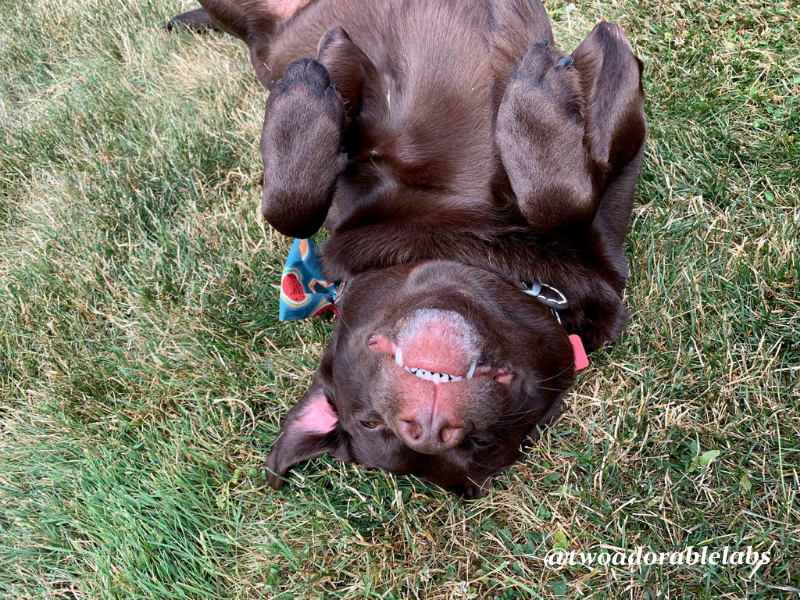
Looking for more pet related posts:
One Sure Way To Travel With Your Pet
I love hearing from all of you and do my best to respond to each and every one of you. I always enjoy your comments, feedback, and suggestions so keep them coming! If I’ve posted a recipe (for our human and our furry friends) and you try it, don’t forget to tag me on Instagram @twoadorablelabs and use #twoadorablelabs.
If you do try and love my recipes, I would greatly appreciate a comment and rating. I read every single one and respond to them. It also lets Google know that the website contains quality content. The more comments and 5-star ratings, the more Google will show my blog in search results! Thank you so much!
As an Amazon Associate, I earn from qualifying purchases.

You Might Also Like
What To Do If Your Dog Gets Bit By A Venomous Spider
Happy Wednesday, everyone! I was sitting on our back patio a few nights ago watching Jake watch a spider crawl in front of him. This gave me an idea for a blog post on spiders and What To Do If Your Dog Gets Bit By A Venomous Spider. Fortunately, Jake didn't make a...
Pet Cloning: What Is It And How Does It Work?
Happy Wednesday, everyone! Pet Cloning…What is it, and how does it work? I recently found an article in Modern Dog Magazine, “Meet Mella, The Cloned Winery Dog,” about how a California winery spent $50,000 cloning their dog. Before reading the article, I had two...
What Spring Weather Will Reveal About Your Home
Happy Wednesday, everyone! What Spring Weather Will Reveal About Your Home. Spring weather can be quite the revealing element! After weathering the winter out, with all the cold, rain, and dryness it brings, blooming into spring will highlight everything wrong with...
How To Be The Kind Of Traveler Others Are Grateful For
Happy Wednesday, everyone! How To Be The Kind Of Traveler That Others Are Grateful For. I typically talk about animals and food, but after taking a quick trip to Tennessee last year, I thought this post was fitting. I have wonderful memories of my trip to Tennessee...
10 Reasons To Learn To Cook
Happy Wednesday, everyone! Do you love to cook? Here are 10 Reasons To Learn To Cook! As you know, I’ve written three cookbooks and am working on my 4th cookbook. I found my love for cooking and baking from my grandparents and parents. I’m lucky to have Mr. TAL,...
3 Simple Ways to Get Winter-Ready Without the Stress
3 Simple Ways to Get Winter-Ready Without the Stress...This brings me to ask...What is your favorite season? If you live in an area like I do that has all four seasons, it’s easier to choose, and I have to say that winter is my least favorite, with fall being my...

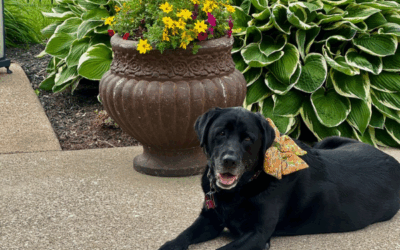
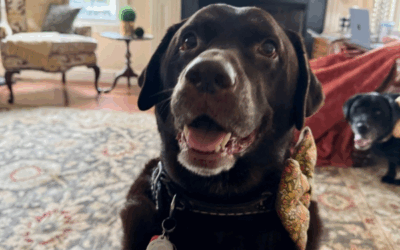



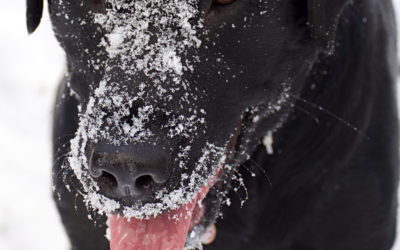
0 Comments